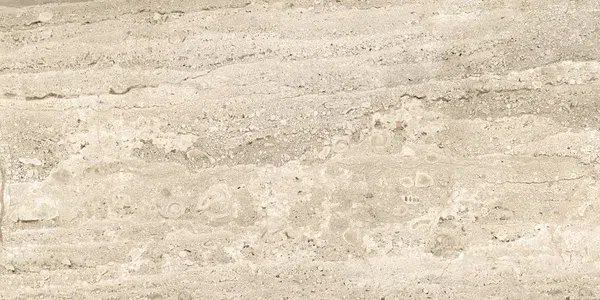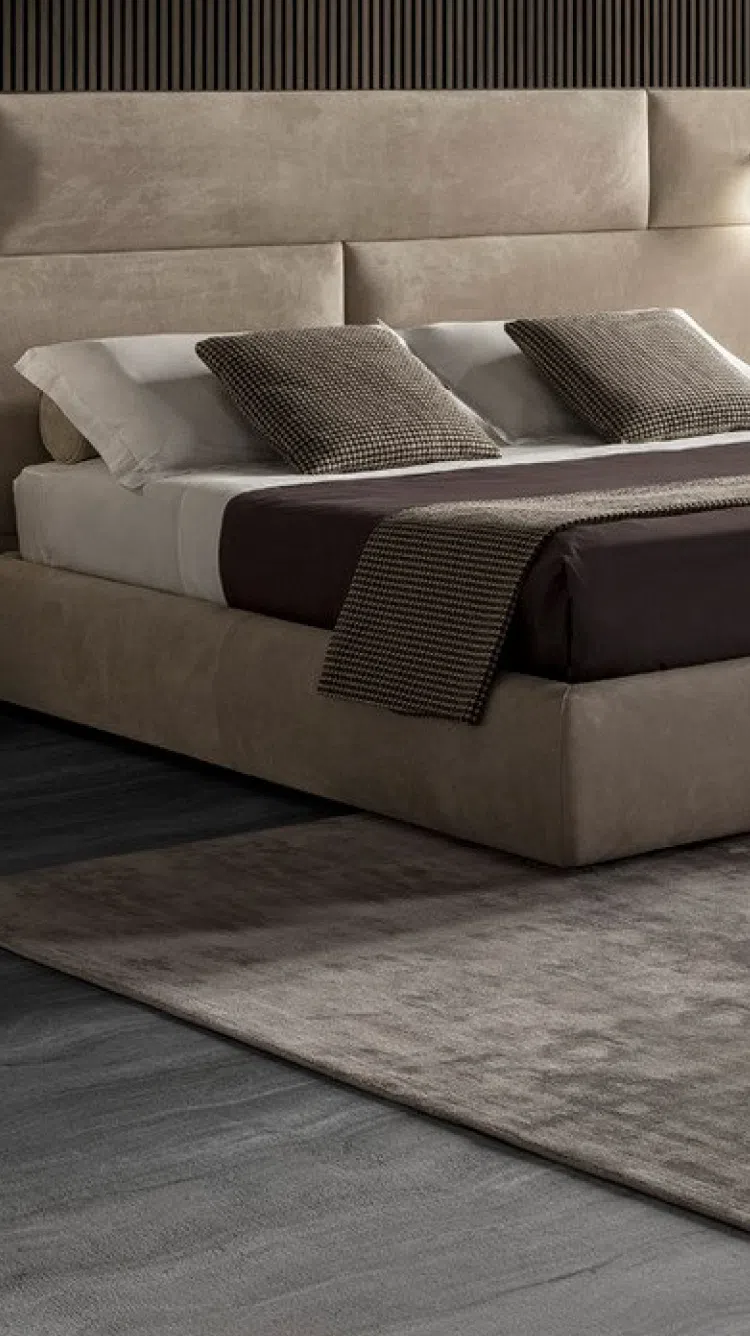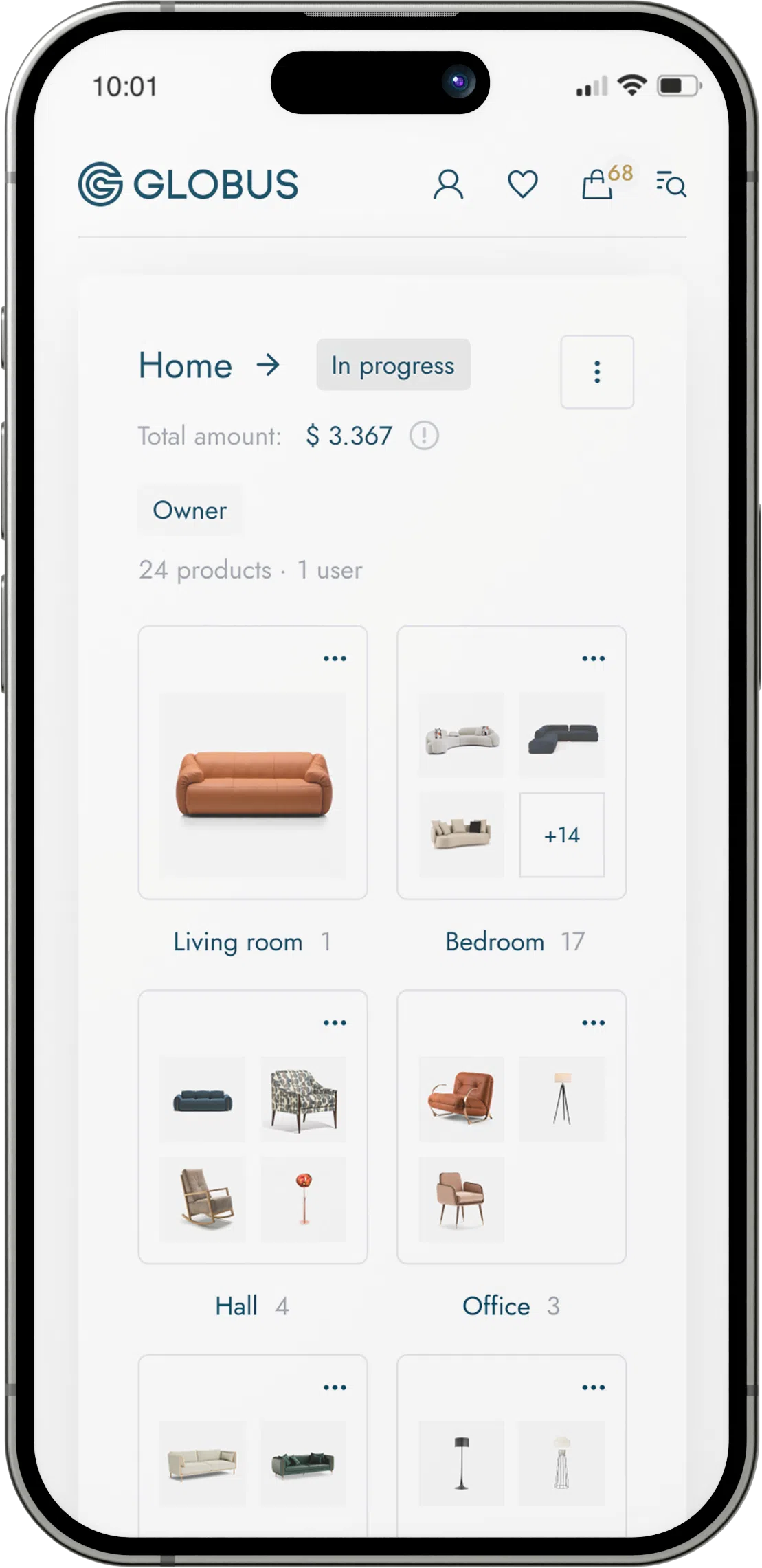
Travertine has a distinctively porous structure that is formed by the precipitation of carbonate minerals from solution in ground and surface waters and through processes of rapid carbon dioxide degassing in ambient conditions.
Appearance: One of the key characteristics of travertine is its earthy tones that range from pale cream to reddish-brown hues, depending on the mix of minerals in the stone. This natural stone has a fibrous or concentric appearance with a variety of textures from matte to polished finishes. The porous nature of travertine creates a uniquely pitted surface that can be filled and honed for a smooth finish or left in its natural state for a more rustic look. No two pieces of travertine are exactly the same, giving each piece of furniture made from this material a one-of-a-kind quality.
Durability: Travertine is recognized for its strength and durability, having served as a building and decorative material for centuries, famous in historical landmarks such as the Colosseum in Rome. It tends to stay cool in direct sunlight, making it a popular choice for outdoor or sun-exposed furniture. However, it is also softer than granite or marble and can be susceptible to scratches and etching if acidic substances are spilled on its surface. To maintain its durability, travertine furniture should be properly sealed.
Maintenance: Travertine is relatively easy to maintain but does require regular cleaning and periodic sealing to protect it against spills and stains. It's recommended to clean travertine with specially formulated stone cleaners that do not contain acids, vinegar, or lemon juice which can etch the stone. A sealed travertine surface is more resistant to staining, but it's important to note that the sealant may need to be reapplied every couple of years depending on usage.
Environmental Considerations: Travertine is a natural stone, and like all stone materials, its extraction and processing do have an environmental impact. However, it is also long-lasting and can be restored or refurbished, which adds to its sustainability as a furniture material.
Applications for Furniture: Due to its aesthetic and durable properties, travertine is commonly used for tabletops, countertops, and occasionally other furniture surfaces like wall cladding, fireplace surrounds, or various accent pieces. The stone's natural beauty makes it a focal point in design, bringing a touch of luxury and timeless elegance to both indoor and outdoor furnishings.
When choosing travertine for furniture, it's important to consider the specific use case and location, as well as the maintenance commitment, to ensure it retains its beauty for years to come. Skilled craftsmanship in both the stone's shaping and finishing can make the most of travertine's unique characteristics for a truly stunning piece.


